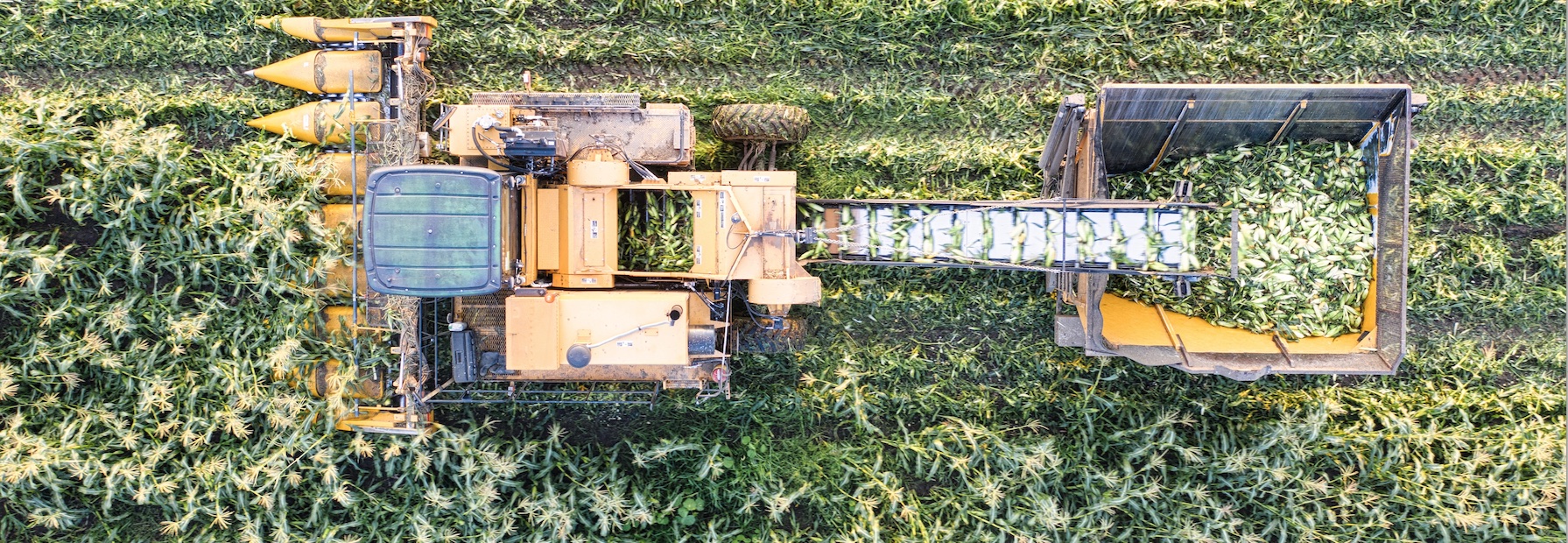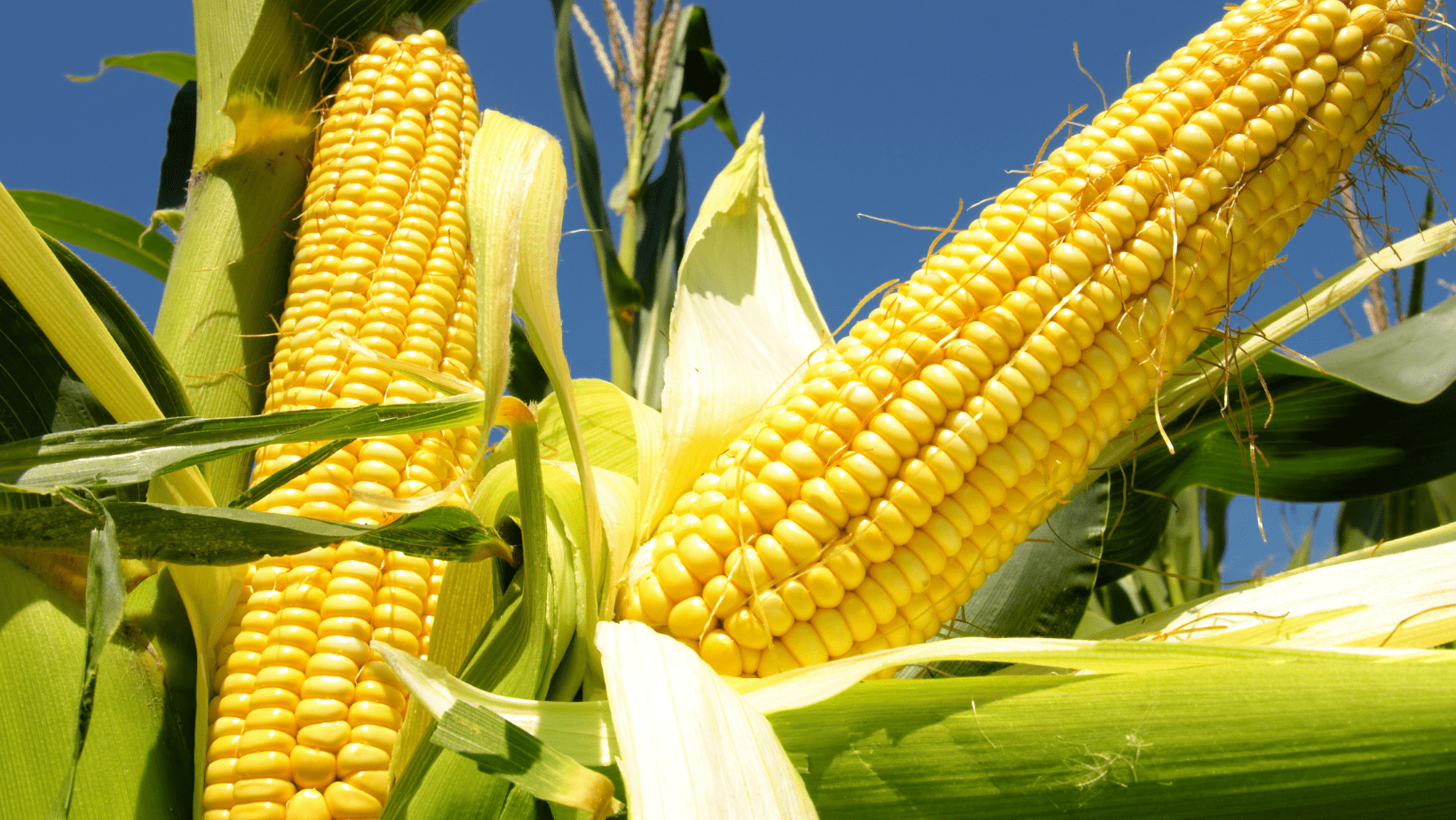There is no statistical relationship between the wheat stocks-to-use ratio and the U.S. Marketing Year Average (MYA) price. From 2000 to 2022, the linear relationships between U.S. and world stocks-to-use and price indicated an R-squared of 0.0138 and 0.0024, respectively (Figure 1). R-squared (R2) is a measure that represents the proportion of the variance for a dependent variable (MYA price) that’s explained by an independent variable (stocks-to-use) in a regression model. Simply stated, U.S. stocks-to-use explains 1.38% of the variance in the MYA wheat price. For comparison, a simple linear regression for U.S. corn price and stocks-to-use ratio results in an R2 of 0.56. Wheat provides many unique challenges for projecting prices. Different classes exist – hard red spring, hard red winter, soft red winter, hard white, soft white, and durum – that influence the USDA wheat MYA price. Additionally, wheat is one of the most geographically dispersed crops, with production in both hemispheres and six continents. U.S. wheat production is a small percentage of global production. From 2000 to 2022 the U.S. has accounted for 5.7% (2022) to 11.5% (2003) of global production. Thus, international forces have a greater impact on U.S. wheat prices compared to corn and soybeans.
However, there is a statistical relationship between stocks held by major exporters (Argentina, Australia, Canada, European Union, Russia, Ukraine, and U.S.), world wheat imports, and the U.S. MYA wheat price (Figure 2). This relationship has an R2 of 0.4198 – meaning stocks held by major exporters divided by world imports explains less than half the variance in MYA wheat prices. For the 2022/23 marketing year, the seven major exporters held ending stocks of 60.5 million metric tons (MMT) and total world imports were estimated at 207.2 MMT, a ratio of 0.29:1. The 2022/23 USDA estimated MYA price is $8.85/bu. Using the linear relationship between this ratio and MYA price would have predicted a price of $6.67/bu for the 2022/23 marketing year, or $2.17/bu under the USDA’s May estimate. However, using the linear relationship, this is the largest under estimation of price from 2000 to 2022, and the average miss of MYA price compared to the estimated relationship trendline over this time period is +/- $1.13/bu. This larger-than-average discrepancy between the predicted price and MYA price can partially be explained by Russia’s invasion of Ukraine which created chaos in global wheat markets in 2022 and skewed prices due to concerns over production and access to supplies in both countries.
What does this relationship mean for the wheat MYA price for the 2023/24 marketing year? Currently, USDA projects ending stocks for the seven major wheat exporters at 52.8 MMT and world wheat imports at 207.5 MMT, a ratio of 0.255:1. Using the simple linear relationship in Figure 2, this would predict a U.S. MYA price of $7.06/bu. However, using plus and minus the average miss, we can obtain a price range of $5.93/bu to $8.19/bu. This projection seems reasonable given the current futures market prices for wheat. However, it should be restated that this relationship has limitations (R2 of 0.4198), meaning that other factors strongly influence wheat MYA prices. An escalation of the Ukraine-Russia conflict or other geopolitical / global events could have a dramatic influence on U.S. MYA wheat prices in 2023/24.
Figure 1. The Relationship between U.S. Wheat Marketing Year Average Price and U.S. and World Stocks-to-Use Ratio, 2000/01 to 2022/23

Figure 2. U.S. Marketing Year Average Price and Stocks held by Major Exporters divided by World Imports, 2000/01 to 2022/23

References:
U.S. Department of Agriculture Foreign Agricultural Service (USDA – FAS). Production, Supply, and Distribution (PS&D) Accessed at: https://apps.fas.usda.gov/psdonline/app/index.html#/app/home
U.S. Department of Agriculture National Agricultural Statistics Service (USDA – NASS). Quick Stats Accessed at: https://www.nass.usda.gov/Quick_Stats/












